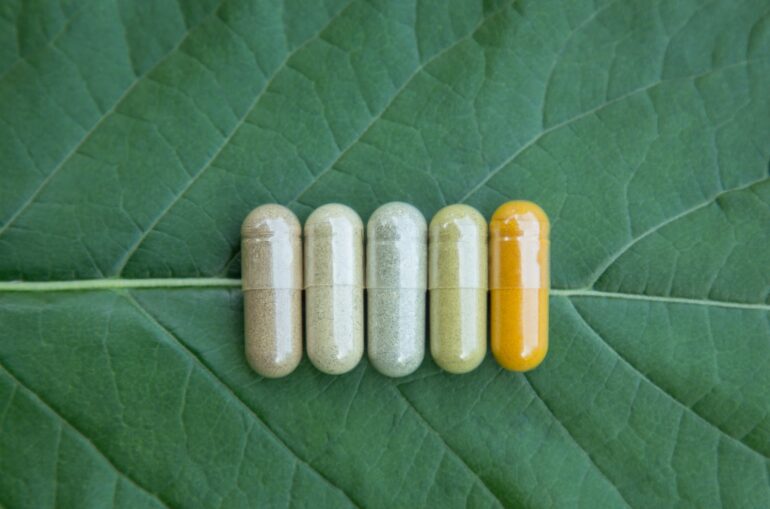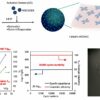While humans evolved over a period of approximately 6 million years, breakthroughs in modern medicine as we know it today got going only in the 19th and 20th centuries. So how did humans successfully survive through millions of years of diseases and illnesses without modern drugs and treatments?
This was a question I came to wonder about when the COVID-19 pandemic reached my family in India in April 2020, when there was very limited access to vaccines and treatments. All of my years working as a biomedical scientist, requiring empirical evidence and formal safety testing before using a treatment, took a back seat as I scrambled for potential therapies from any sources I could find, be it scientific papers or folklore. I was ready to try any experimental or traditional medicine that might have a chance at helping my dad.
Luckily, my dad recovered. I can’t say for sure if any of the traditional medicines we used actually helped him recover. But as someone whose entire scientific career has focused on discovering new drugs from chemical compounds found in nature, I wondered if there was a molecule in the traditional medicines we used that could be isolated and optimized to treat COVID-19.
Scientists like me have been looking for new drugs for various diseases by purifying existing compounds in nature instead of synthesizing completely new ones in the lab. From COVID-19 to antibiotic resistance, I believe that past successes and new technologies point to the tremendous potential of developing new drugs from natural products.
Early drug development involved searching for plants with medicinal properties. Scientists have since been able to isolate the active ingredients bestowing medicinal properties on natural products, such as the morphine in poppies.
The natural product advantage
Humans have coevolved with the rest of nature over time, and obtaining medicine is perhaps one of the most important interactions people continue to have with the natural world. DNA analyses have shown that early humans may have treated dental abscesses with poplar, containing the active ingredient of aspirin, and Penicillium mold, containing the antibiotic penicillin.
Researchers call the molecules like the ones that give poplar and Penicillium their biological effects natural products because they are produced by living organisms such as microbes, fungi, corals and plants. These natural products have evolved to be structurally “optimized” to serve particular biological functions, primarily to deter predators or gain a survival advantage in a particular environment and over other competitors.
Because natural products are already made to function in living creatures, this makes them especially attractive as a source for drug discovery. While proteins may look different in different organisms, many have similar structural features and functions across species. This can help ease the…



